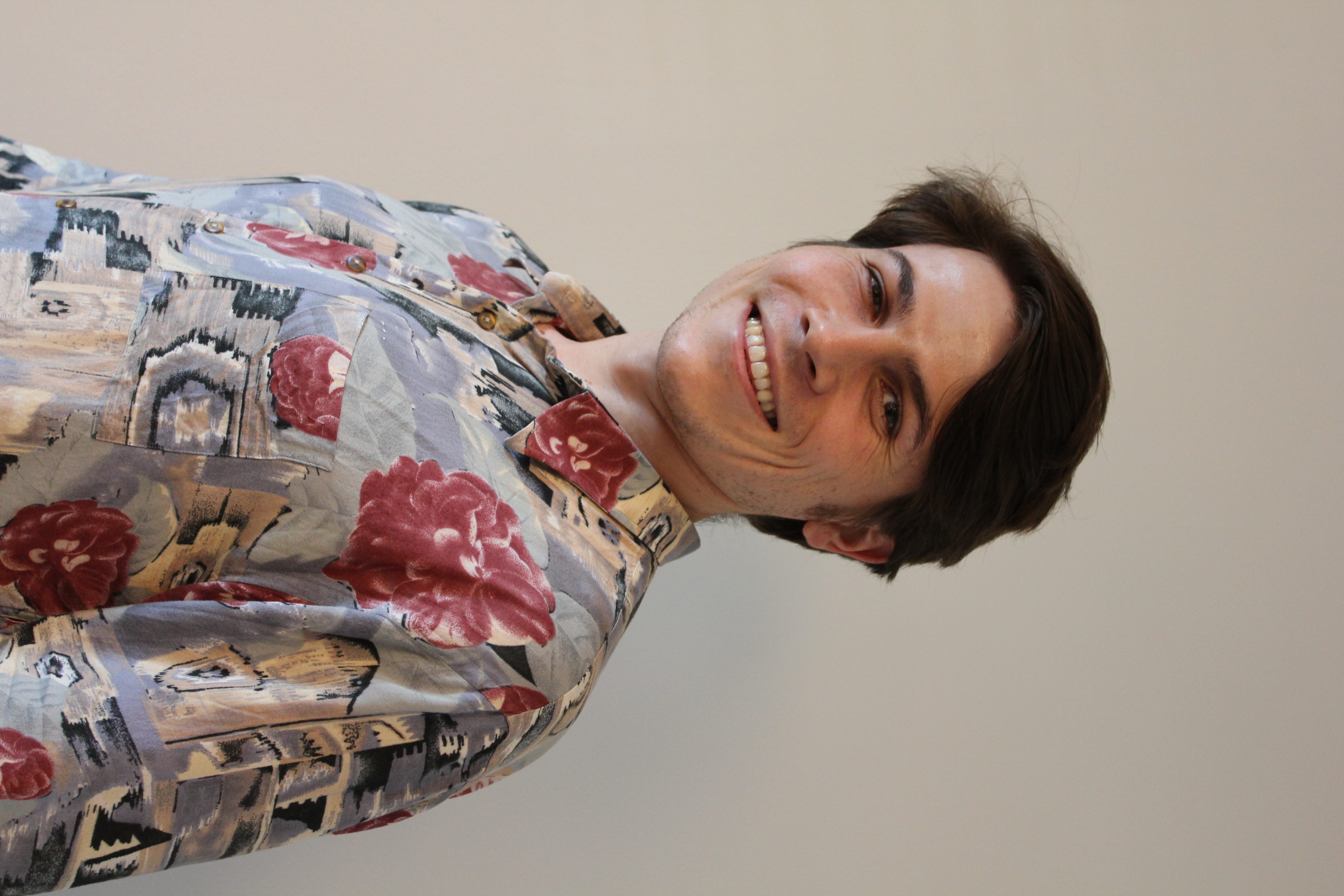References:
[1] Brissaud, Q., et al. (2021). Using machine-learning to predict surface-wave amplification in sedimentary basins. in prep.
[2] Brissaud, Q., et al. (2020). Extension of the Basin Rayleigh-Wave Amplification Theory to Include Basin-Edge Effects. Bulletin of the Seismological Society of America, 110(3), 1305-1322.
The amplification of surface waves propagating through sedimentary basins is a well-known source of seismic hazard for infrastructure. To characterize basin effects, seismologists have routinely employed physic-based regression models to connect observations to the known driving factors of amplification (velocity contrasts, sediment-to-rock depth). However, the surface-wave contribution is commonly neglected and the basin parameters driving amplification are sometimes poorly constrained (lack of high-resolution velocity and density models) or not understood because of the insufficient number of high-quality observations. Because purely numerical investigations can be computationally expensive and analytic formulas rely on simplifying assumptions (neglecting complex basin geometries, near-field effects and conversions between body and surface waves), the generalization of simple regression models is a difficult task. In order to bridge the gap between simplistic analytic models and computationally-expensive numerical tools in geophysics, we use a random forest machine-learning approach to learn the nonlinear correlations between subsurface parameters and amplification spectra in axisymmetric basins. Trained over a large dataset of high-order numerical solutions, the approach provides a fast and highly accurate amplification prediction tool. It greatly facilitates sensitivity measurements of wave amplification for a wide range of basin structures and provides estimates of the relative importance of various basin parameters. Finally, we assess various commonly-used proxies in ground-motion prediction equation to predict the surface-wave contribution in amplification spectra.
